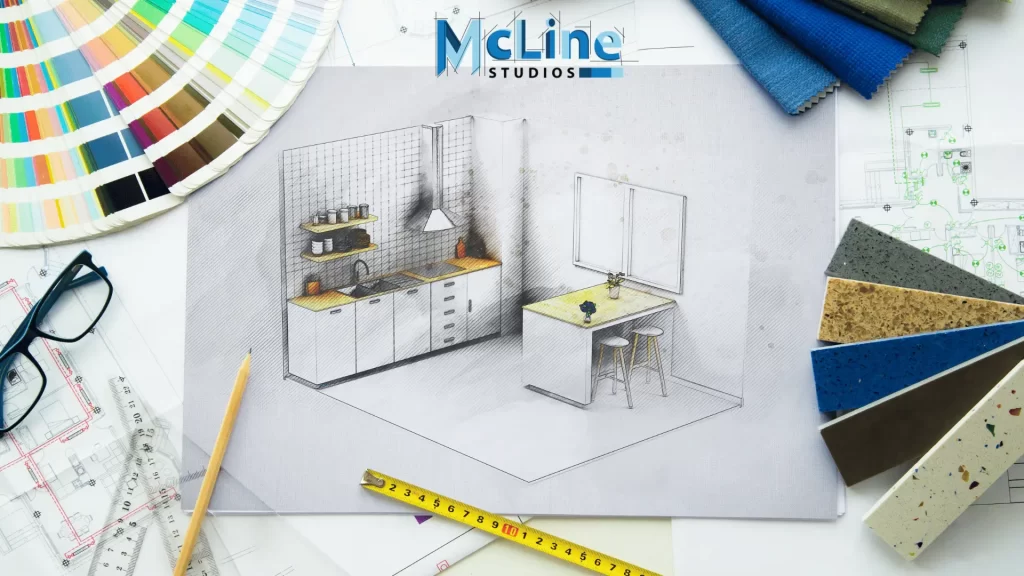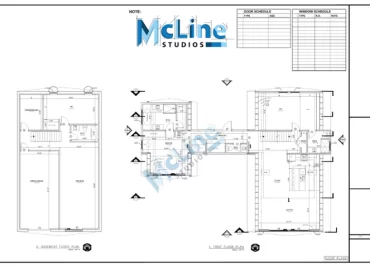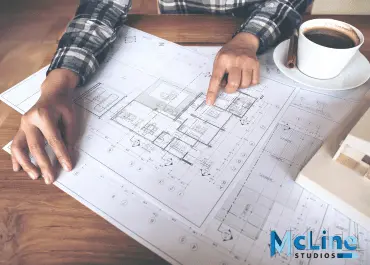At the heart of precision lies the fundamental practice of 2D drafting—an indispensable art that transcends industries and disciplines. 2D drafting refers to the process of creating two-dimensional representations of objects or structures using technical drawings or diagrams. It is a fundamental aspect of computer-aided design (CAD) and traditional drafting techniques.
In 2D drafting, the focus is on creating detailed, flat representations of objects, usually from a top-down or front-on perspective. 2D drafting is a crucial skill for designers, engineers, and architects. It involves creating technical drawings of objects and structures in two dimensions. These drawings provide detailed specifications for the construction or manufacture of everything from consumer products to large-scale engineering projects.
As we move to this exploration of 2D drafting, we delve into the intricacies of a timeless craft that has evolved alongside technological advancements. This article will unravel the layers of 2D drafting, demystifying its significance, methodologies, and transformative role in shaping the world around us.
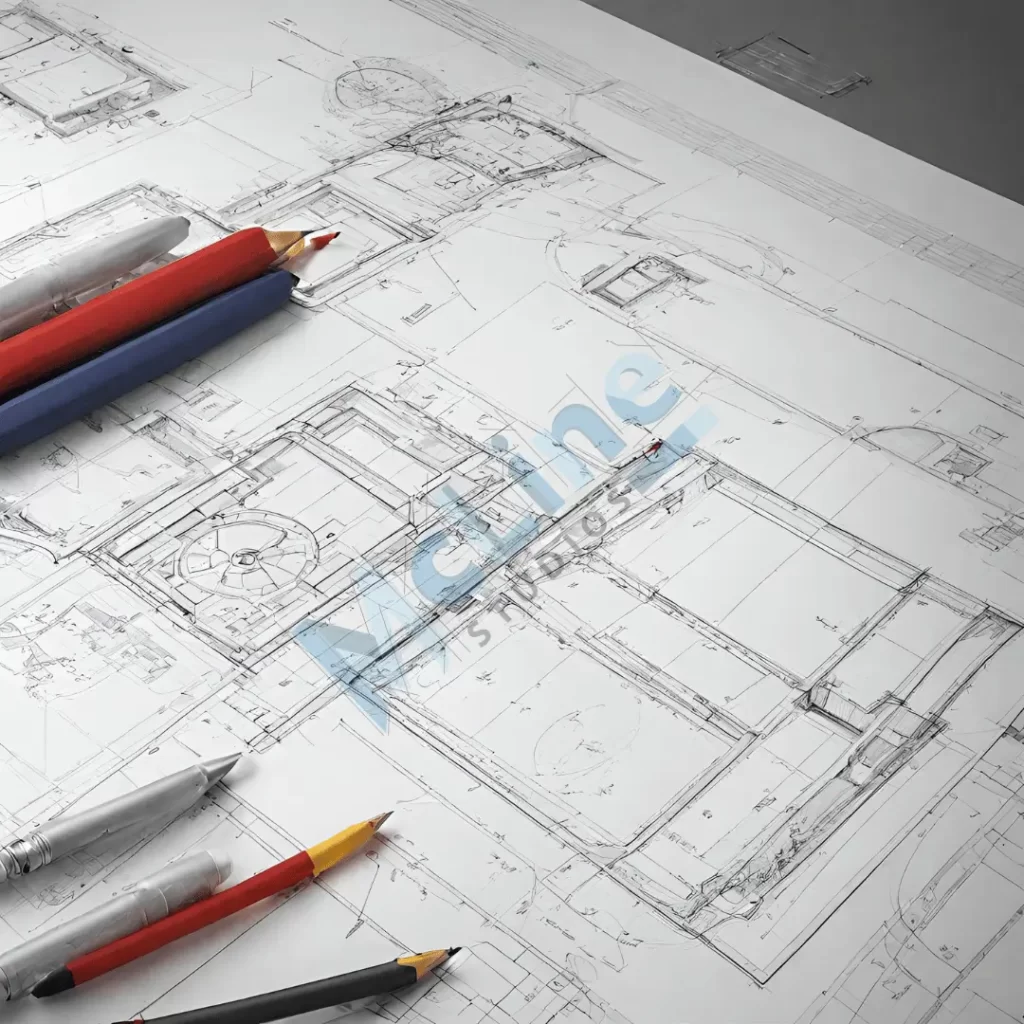
Key Aspects of 2D Drafting
2D drafting is a fundamental skill in computer-aided design (CAD) and technical drawing. It involves creating detailed representations of objects and designs in two dimensions. Here are key aspects of 2D drafting:
1. Drawing Tools for 2D Drafting
– Lines and Shapes: Fundamental elements like lines, circles, rectangles, and polygons are used to create the basic structure of a drawing.
– Text and Annotations: Adding text labels and annotations to provide information about the drawing.
– Dimensioning: Including accurate dimensions to specify the size and relationships between objects.
2. Layers
– Organizational Structure: Utilizing layers to organize different components of a drawing. Layers help in managing complexity by separating different elements.
3. Scale for 2D Drafting
– Proportional Representation: Ensuring that the dimensions and proportions in the drawing accurately reflect the real-world object. This involves setting a proper scale for the drawing.
4. Orthographic Projection
– Multiview Drawings: Representing objects from different views, such as top, front, and side, to provide a comprehensive understanding of the object’s shape and dimensions.
5. Precision
– Accurate Measurement: Maintaining precision in measurements and alignments to meet design specifications.
– Grids and Snap Settings: Using grids and snap settings to align elements precisely and maintain consistency in the drawing.
6. Editing and Modification
– Trimming and Extending: Editing tools to trim or extend lines, making modifications to the drawing.
– Copying and Mirroring: Copying elements or mirroring them to create symmetrical designs.
7. Hatching and Filling
– Surface Representation: Adding hatching or filling patterns to represent different materials or surface textures in the drawing.
8. Symbol Libraries
– Reusable Elements: Utilizing pre-drawn symbols and blocks for commonly used components, saving time and ensuring consistency.
9. Plotting and Printing
– Output: Configuring and setting up drawings for printing or plotting, considering scale and paper size.
10. Software Proficiency
– CAD Software: Proficiency in using 2D drafting software like AutoCAD, DraftSight, or similar tools.
– Command Knowledge: Understanding and using essential commands for drawing, editing, and managing elements in the software.
Importance of 2D Drafting
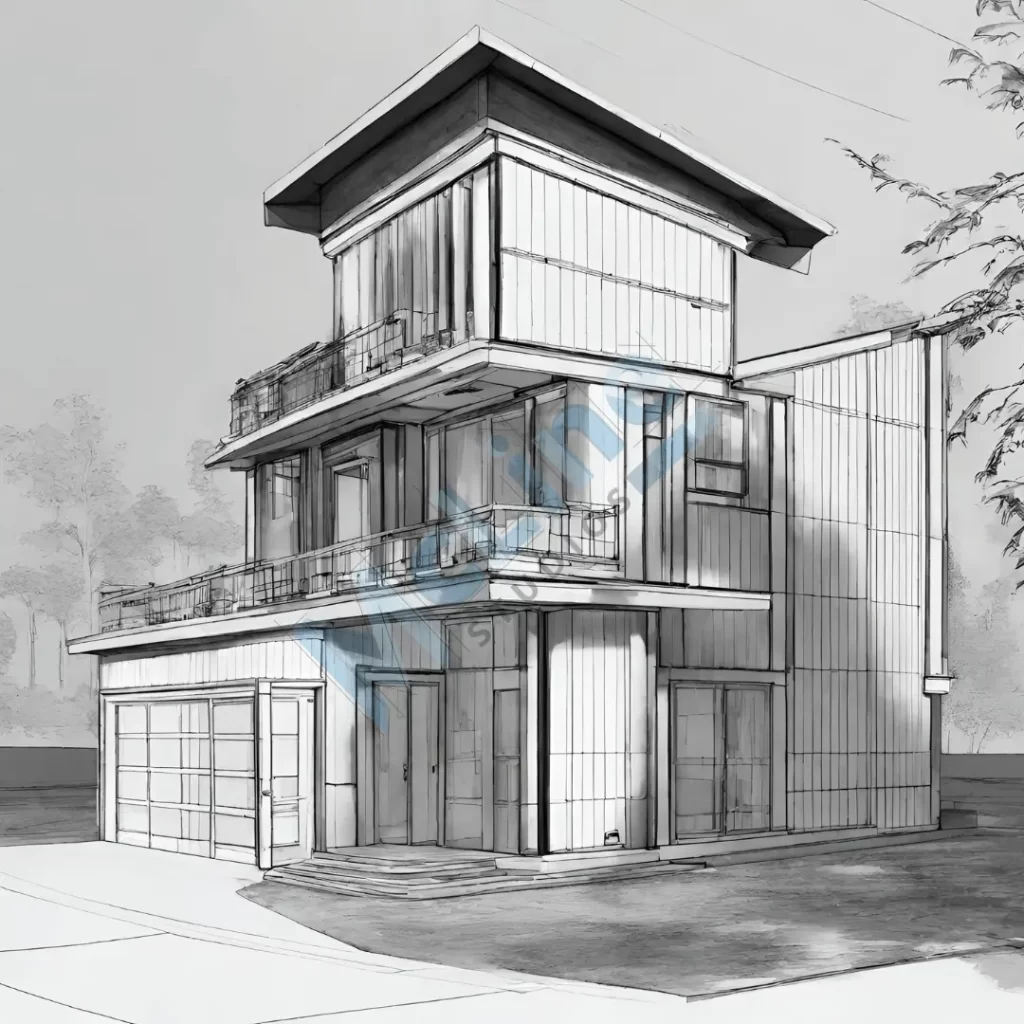
2D drafting plays a pivotal role in various industries, serving as the fundamental basis for design, engineering, and architecture. Its importance lies in its ability to provide precise and detailed representations of objects and structures on a flat plane. One of the primary advantages of 2D drafting is its simplicity and clarity, enabling professionals to communicate complex ideas in a clear and easily understandable manner.
In the field of architecture, 2D drafting is crucial during the initial stages of design, allowing architects to create detailed floor plans, elevations, and sections. Engineers rely on 2D drafting to illustrate technical specifications, schematics, and diagrams, aiding in the manufacturing and construction processes. Additionally, 2D drafting is essential in civil engineering for creating maps, site plans, and infrastructure layouts.
The importance of 2D drafting extends beyond the design phase, as these drawings serve as the foundation for 3D modeling, simulation, and analysis. Furthermore, 2D drafting is a standard in documentation, facilitating precise measurements, annotations, and other crucial details that contribute to the accuracy and success of a project. In summary, the significance of 2D drafting lies in its role as the cornerstone for effective communication, visualization, and implementation in diverse professional fields.
2D Drafting vs. 3D Modeling: What’s the Difference
2D drafting involves creating technical drawings in two dimensions, while 3D modeling involves creating a digital 3-dimensional representation of an object. Here is a comparison of some key differences between 2D drafting and 3D modeling.
| Aspect | 2D Drafting | 3D Modeling |
| Representation | Represents objects and designs in two dimensions (length and width), typically on a flat surface like paper or a screen. | Represents objects in three dimensions, adding depth to the length and width, providing a more realistic representation of the object. |
| Dimensionality | Limited to two dimensions, lacking depth perception. | Includes three dimensions, offering a sense of depth, volume, and spatial relationships. |
| Visualization | Limited visualization capabilities, often requiring multiple views to fully represent an object. | Offers realistic visualizations, allowing for a comprehensive view of the object from different angles. |
| Complexity | Generally simpler and less complex compared to 3D modeling. | Allows for the creation of complex and intricate designs due to the additional dimension. |
| Use Cases | Commonly used for architectural floor plans, schematics, and technical drawings. | Widely employed in product design, animation, gaming, simulations, and engineering for detailed and realistic representations. |
| Editing | Editing involves modifying lines and shapes in a 2D plane. | Editing involves manipulating objects in a 3D space, allowing for changes to height, width, depth, rotation, and more. |
| Learning Curve | Generally has a lower learning curve, making it more accessible for beginners. | Often has a steeper learning curve due to the additional complexity of working in three dimensions. |
| Interactivity | Less interactive in terms of real-time manipulation of objects. | Highly interactive, providing the ability to rotate, zoom, and navigate around the 3D model in real time. |
| Communication | May require multiple views or annotations for clear communication of a design. | Enables better communication by providing a more realistic and holistic representation of the design. |
| File Size | Typically has smaller file sizes compared to 3D models. | 3D models may have larger file sizes due to the additional data required for the third dimension. |
Conclusion
In conclusion, 2D drafting serves as the backbone of design and engineering, providing a meticulous representation of concepts before they materialize into three-dimensional realities. Its precision and clarity are indispensable in various industries, from architecture to manufacturing. Embracing the power of 2D drafting ensures accurate communication of ideas and facilitates seamless collaboration among stakeholders.
For those seeking professional 2D drafting services, look no further than McLine Studios. With a proven track record of delivering top-notch drafting solutions, McLine Studios stands out as a reliable partner in turning visions into detailed designs. Their commitment to excellence and innovation makes them a go-to choice for businesses and individuals alike.

